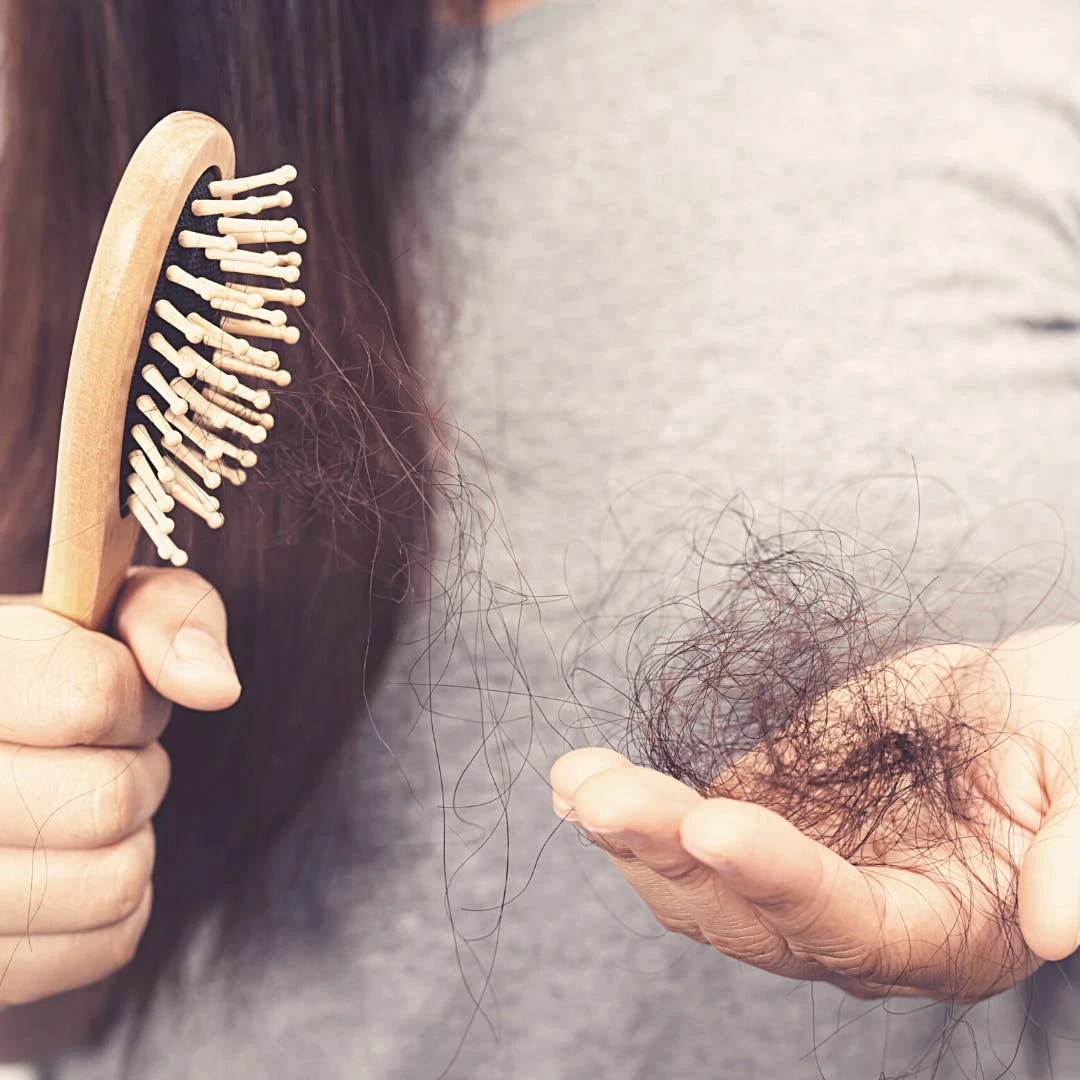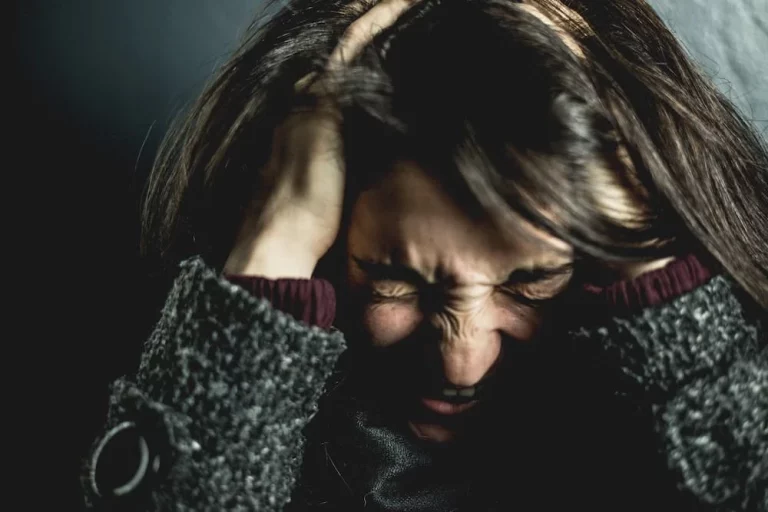Red Light Therapy For Hair Loss
Red light therapy is a non-invasive treatment that uses low-level red light wavelengths to stimulate hair growth. The idea behind this therapy is that the red light can penetrate deep into the scalp and stimulate the cells responsible for hair growth.
When red light is absorbed by the cells in the hair follicles, it increases blood flow and oxygenation, which can help to promote healthy hair growth. Additionally, the light is thought to boost collagen production and improve the overall health of the scalp, which can further promote hair growth.
Red Light Therapy Pros And Cons
Here are some potential benefits of using red light therapy for hair loss:
Non-invasive: Red light therapy is a non-invasive treatment option that does not require any surgical procedures or the use of drugs, making it a relatively low-risk option for those looking to improve hair growth.
Convenient: Red light therapy can be performed at home or in a clinic, and typically only takes a few minutes per session.
Safe: Red light therapy is considered safe, with very few side effects reported.
Related: Neon Yellow Pee – What Causes It?
Painless: The therapy is painless and does not cause discomfort or irritation.
Cost-effective: Compared to other hair loss treatments, red light therapy is relatively inexpensive and does not require ongoing expenses for maintenance or follow-up treatments.
No downtime: Unlike some surgical treatments for hair loss, there is no downtime associated with red light therapy and you can resume your normal activities immediately after a session.
Here are some potential drawbacks of using red light therapy for hair loss:
- Limited evidence: While there are some studies that suggest red light therapy may be effective for promoting hair growth, the evidence is still limited and more research is needed to fully understand its efficacy.
- Individual results may vary: As with any treatment, individual results may vary and it is not guaranteed that red light therapy will work for everyone.
- Time commitment: Red light therapy typically requires multiple sessions to see results, and the exact number of sessions required can vary from person to person. This can be time-consuming and may not be a convenient option for some people. Consistent, long-term use is needed to sustain any results
- Limited access: While red light therapy is becoming more widely available, access may still be limited in some areas, especially for in office use
- Cost: While red light therapy is relatively inexpensive compared to other hair loss treatments, the cost can still add up over time if multiple, in-office sessions are required. This can be avoided by purchasing a home device
- Possible side effects: In rare cases, red light therapy may cause skin irritation or redness, although these side effects are usually mild and short-lived.
- Limited data in pigmented skin- Because melanin is designed to block out light, it is unclear if red light is as effective in melanin rich individuals as it is in fair-skinned people. These devices have mostly been studied for use in fair-skinned patients.
Red Light Therapy For Hair Loss: Summary
It is important to note that while red light therapy has shown promise in some studies, more research is needed to fully understand its efficacy for treating hair loss. Additionally, individual results may vary and it is always recommended to consult with a medical professional before starting any new treatment for hair loss.
We discuss products we think are useful to people. If you buy something through our links, we may earn a commission. Remember to check with your personal physician to see if a product recommended is right for you.








